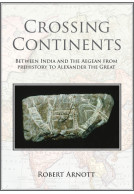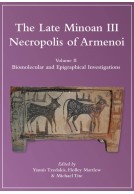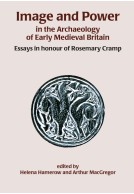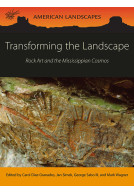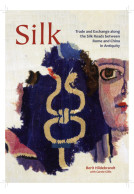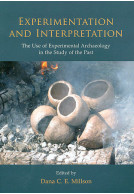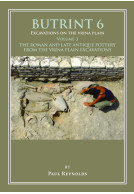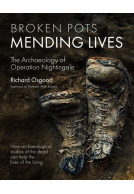Google Books previews are unavailable because you have chosen to turn off third party cookies for enhanced content. Visit our cookies page to review your cookie settings.
Crossing Continents (Paperback)
Between India and the Aegean from Prehistory to Alexander the Great
By
Robert Arnott
Imprint: Oxbow Books
Pages: 160
ISBN: 9781789255546
Published: 15th April 2022
Script Academic & Professional
Imprint: Oxbow Books
Pages: 160
ISBN: 9781789255546
Published: 15th April 2022
Script Academic & Professional
You'll be £34.99 closer to your next £10.00 credit when you purchase Crossing Continents. What's this?
+£4.99 UK Delivery or free UK delivery if order is over £40
(click here for international delivery rates)
Order within the next 10 hours, 4 minutes to get your order processed the next working day!
Need a currency converter? Check XE.com for live rates
(click here for international delivery rates)
Order within the next 10 hours, 4 minutes to get your order processed the next working day!
Need a currency converter? Check XE.com for live rates
The first contacts between Greece, the Aegean and India are thought to have occurred at the beginning of the sixth century BC. There is now evidence of much earlier indirect connections, starting in the middle of the third millennium BC, but greatly diminishing after 1800 BC. These were initially between India with its Indus Civilisation (Meluḫḫa) and the Near East and then finally with the societies of the Early and Middle Bronze Age Aegean, with their slowly emerging palace-based economies and complex social structures. These connections point to a form of indirect or what might be called ‘trickle-down’ contact between the Aegean and India through objects, iconography and commodities, such as tin and lapis lazuli, that formed this contact.
This book views the Aegean as part of a greater trade network, that includes commodities as well as more recently discovered objects, which accumulated added value as they fi rst built up a distinguished pedigree of ownership in the Near East and Syro-Palestine. It was the natural extension of trade between the Near East and India. In the Early to Late Bronze Ages, India was an important resource for valuable and indispensable commodities destined for the elites and developing technologies of much of the Old World.
Finally, the period after the end of the Bronze Age to the time of Alexander the Great is examined and particularly after the sixth century, when Greeks were beginning to know about India. Within 200 years, India would be known to scholar and non-scholar alike, including those who witnessed the Persian invasions of Greece or who later became Macedonian and Greek foot soldiers marching east.
"[A]n ambitious venture, vastly expanding the chronological scope of interactions between two far-flung and disparate regions of the Old World: the Aegean and India."
IJNA - November 2023
About Robert Arnott
Professor Robert Arnott is an archaeologist, palaeoepidemiologist and medical historian, He is a Fellow of Green Templeton College, University of Oxford and former Professor of the History and Archaeology of Medicine in the University of Birmingham.
More titles by Robert Arnott
Other titles in Oxbow Books...







